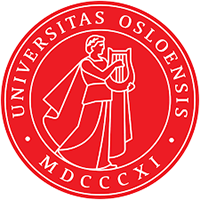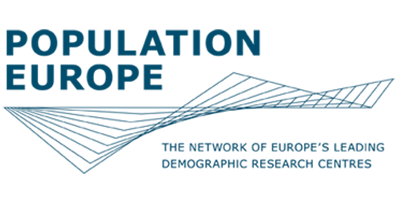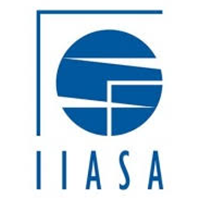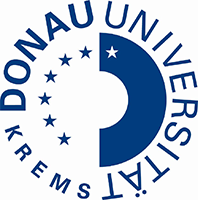QuantMig at the European Trade Union Institute Expert Meeting

On 11 October 2022, Rafael Costa of the Netherlands Interdisciplinary Demographic Institute (NIDI) took part as an invited speaker in the expert workshop organised in Brussels by the European Trade Union Institute (ETUI) on the topic of “short-term intra-EU mobility patterns prior, during and beyond Covid”. Rafael presented the work carried out by NIDI on the assessment of European migration data (project deliverable 6.2) and discussed the recent findings on intra-European mobility (project deliverable 4.3) using the migration flows estimates produced in the QuantMig project.
• As the European population is becoming more mobile and the share of non-European-born people is increasing, there is a possibility that the European migration landscape becomes more strongly influenced by the migratory behaviour of people born outside Europe.
• Our analyses showed differences and similarities between how the European Born (EB) and non-European Born (NEB) populations migrate across Europe.
- Western European countries, with the United Kingdom and Germany as forerunners, occupy a central place in the European migration network as they send and receive large numbers of both EB and NEB migrants.
- Eastern European countries tend to send large numbers of EB migrants to Western Europe, while Southern European countries appear to be sending relatively larger numbers of NEB migrants to Western Europe.
- Southern European countries appear to play a role of transit countries between non-European countries on the one hand and Western Europe on the other hand. The NEB population that migrates via this route furthermore appears to have different characteristics compared to other migrant populations (namely lower educational level and lower likelihood of employment after migration).
• Distance appears to play different roles when contrasting the migration of the EB and NEB populations in Europe. In particular, migration between neighbouring countries seem to be more common among the EB population and less so among the NEB population.
This work has received funding from the European Union's Horizon 2020 research and innovation programme under grant agreement No. 870299 QuantMig: Quantifying Migration Scenarios for Better Policy. This document reflects the authors'view and the Research Executive Agency of the European Commission are not responsible for any use that may be made of the information it contains.









